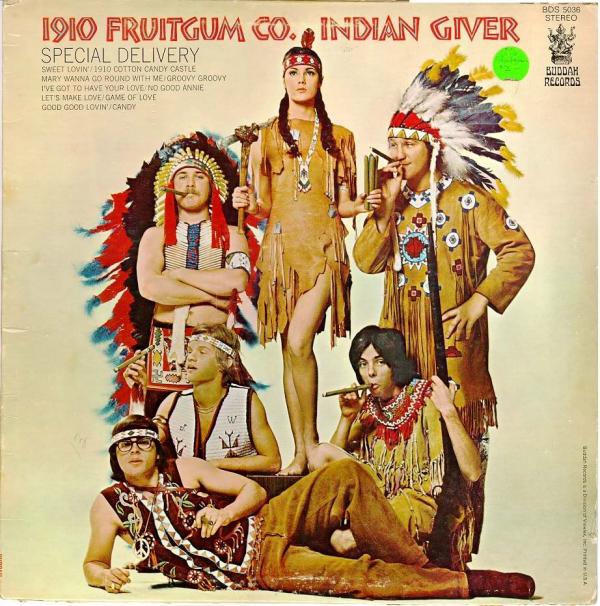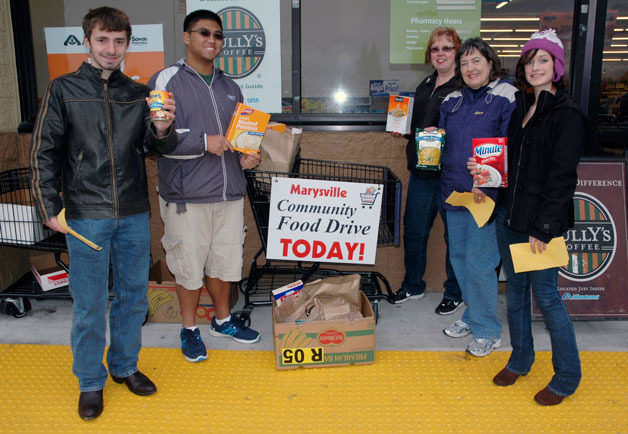Source: Indian Country Today Media Network
The government shutdown continues into its third week as funds are drying up for many agencies struggling to remain open. Even with an end potentially in sight, the crisis has proven to be good for some areas of Indian country but has been very bad news for most of it.
The shutdown of non-essential government entities like national parks around the country has helped the tourism business for the Hualapai and Navajo Nation. Both tribes offer attractive alternatives to the Grand Canyon, which is closed. As NPR reports, the Hualapai who owns Grand Canyon West, offers a Plexiglas horseshoe walkway tour of the Canyon. The Navajos offer tours of Antelope Canyon – the often-neglected stepchild of the Grand Canyon.
“Tourism is the backbone of the tribe,” Matthew Putesoy, Havasupai vice chairman told NPR. “We really don’t have any other economic development.”
The lack of economic development is a situation that hurts many tribes. “One of the real casualties is our economic development projects,” Kevin Washburn, Assistant Secretary – Indian Affairs at the Department of the Interior, said in a phone interview with Indian Country Today Media Network. “We are working only on matters posing an imminent risk to life and property. I had a tribe that came in and was ready to close on a loan. The loan just needs a review and signature and we’re not able to do that, so that loan is not being funded yet.”
Washburn also mentioned a tribe waiting for a coal mine project review, and another waiting for a renewable energy project approval. “Everything has come to a screeching halt,” he said.
While the Bureau of Indian Affairs and the Bureau of Indian Education are running for the most part, social services are operating at minimal staff, according to Washburn. Social services and tribal assistance for heating are two areas of grave concern in Indian country as the harsh winter season approaches.
A New York Times article on October 13 followed Audrey Costa, a Native in Montana who is wondering where the money for the heat will come from. Costa, a mother of three, “relies on lease payments from the Bureau of Indian Affairs” and has yet to see a check since the shutdown.
Costa lives on the Crow Reservation, one of many impoverished Indian tribes that rely heavily on federal dollars according to The Times. The Crow tribe has continued to operate with a skeleton crew.
Skeleton crews are also operating in South Dakota, particularly the Pine Ridge Reservation, which was just hit with an unexpected blizzard. The storm brought 70-mile-per-hour winds and blinding snow, and trapped at least 60,000 cattle throughout Nebraska, Wyoming and South Dakota. The exact number of cattle lost on the Pine Ridge Reservation is unknown, as the slim crew continues to search the almost 3,500 square mile reservation. This job was made even tougher by power outages caused by the storm.
RELATED: Entombed in Snow: Up to 100,000 Cattle Perished Where They Stood in Rogue South Dakota Blizzard
On October 11, Sen. Heidi Heitkamp (D-ND) shared stories of tribal families in North Dakota being put in difficult situations during her speech on the Senate floor. North Dakota was also pounded by the recent snowstorm that hit the plains. “The stories that I heard I want to share with this body today, Mr. President, because they are telling stories about how foolish – how foolish and how dangerous – this government shutdown is to many, many, very, very vulnerable families, particularly vulnerable Native American families.” (Most of the tribes in North Dakota are direct service tribes which rely on the BIA for much of the assistance.)
“Because of the shutdown, BIA Law Enforcement at the Spirit Lake Nation is limited to one officer per shift, in charge of patrolling the 252,000 acre reservation,” Heitkamp said. “And because of the shutdown, when the Sisseton-Wahpeton community recently lost a three month old baby, the mother now has been turned away for burial assistance for her child.”
According to a press release from Heitkamp’s office, the majority of the BIA offices – which provide services to more than 1.7 million American Indians and Alaska Natives from more than 500 recognized tribes – is now shuttered. This means funding has been cut off for foster care payments, nutrition programs, and financial assistance for struggling Native families.
According to Washburn, the BIA has roughly 1,600 employees still working while another 2,500 are furloughed. “Everyone of those 2,500 furloughed employees has an important job serving Indian tribes and they aren’t able to do that right now,” Washburn said.
For the Oglala Sioux and its Pine Ridge Reservation, this shuttering will result in the release of prisoners, hundreds of tribal employees furloughed and a suspension in the heating assistance to elderly tribal members according to The Rapid City Journal.
“It is a devastating situation, not a political debate,” Oglala Sioux President Bryan Brewer said in the statement via The Journal. “Our people suffer the worst poverty in the country. It is unthinkable to have to close programs, stop services and turn people out of their jobs. In an area with 80 percent unemployment, furloughs are a humanitarian disaster.”
Like Brewer, Darrin Old Coyote, Crow tribal chairman, does not agree with the way the shutdown is being handled. “They don’t have a clue what’s going on out here,” Coyote said in The Times of politicians in Washington. He was speaking from his office in Crow Agency, which sits in the shadow of the Little Bighorn battlefield, itself closed because of the shutdown. “It is hurting a lot of people.”
“[The shutdown is] going to be more and more damaging the longer it goes,” Washburn told ICTMN. “And the longer and longer it goes on it will be harder for us to ramp back up…
“We are feeling for everyone out there in Indian country.”
Read more at http://indiancountrytodaymedianetwork.com//2013/10/16/government-shutdown-hits-indian-country-hard-many-fronts-151766

















